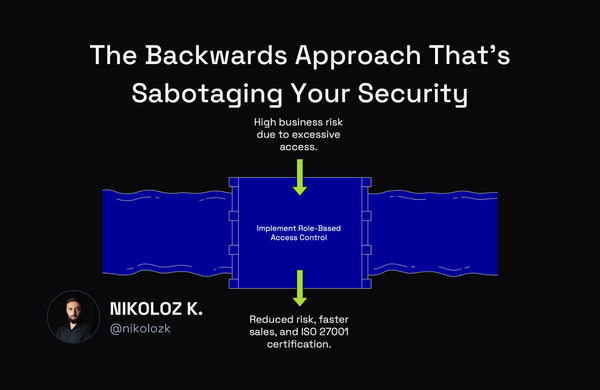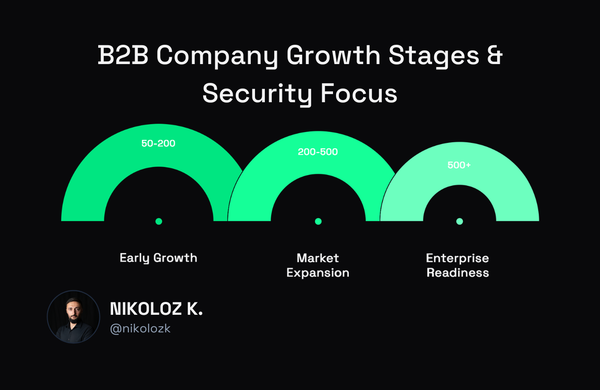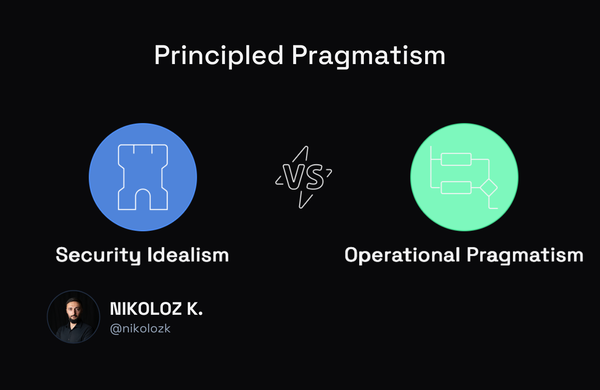Pillars of Information Security

Nikoloz Kokhreidze
Discover the 7 key pillars vital for robust information security. Learn how leadership, procedures, and risk assessment drive secure growth.

Information security is a critical area that touches various fields, cultures, organizations, and businesses. To maintain a healthy and security-focused organization, it is essential to consider the following key pillars of information security
Leadership
Effective leadership is crucial in establishing a solid information security posture. Every leader should have a vision of how information security shall work for the organization, and the strategy should be communicated and understandable to everyone. Leaders should make independent decisions quickly and confidently to ensure the organization remains secure.
Procedures
A comprehensive set of procedures is crucial for an effective information security program. Policies are the foundation of all processes and provide a high-level combination of vision and strategy. Guidelines should be precise and short, and give a clear step-by-step guide, while instructions should extend the policies to provide a more detailed view of the issues laid out by policies.
People
Every leader needs a team, and the team is people, making people the strength of an organization. Motivating employees is essential to boost morale, and victories rely on strong leadership. Dedication pushes teams to their limits, boosts confidence, and lays a foundation for growth. Increasing awareness about information security among employees is also critical as not everyone is dedicated to information security, but everyone can learn something new to boost the organization's security posture.
Risks
Risk assessment is a critical component of information security. Every project carries various risks, including software, cloud solutions, applications, hardware, and anything affecting the risk stance. Risks exist everywhere, and assessing assets against their sensitivity to risk is vital to understand their importance to the organization. Vendors must also be evaluated to understand the risks associated with their products and services.
Defense
An effective defense strategy involves detecting, triaging, containing, and learning from incidents. Threats are always present, and it is important to understand how they exploit vulnerabilities to realize the risk. Staying ahead of threats by using vulnerabilities before attackers discover them is essential. Identifying the attack vectors is also critical in finding and closing the route while intimidating the source.
Need a Fractional CISO?
Turn security from bottleneck into business enabler
13+ years building security programs across FinTech, FMCG & enterprise
Assets
Knowing what you defend and why is crucial for an effective information security program. Maintaining an up-to-date inventory of assets, including IPs, hostnames, racks, locations, owners, and more, is important. Everything should have an owner responsible for securing their assets, and a proper change management process can facilitate the goal of having everything up-to-date at a given time.
Vulnerabilities
Penetration testing shows how an organization can be compromised. Internal testing should be conducted for everything before DMZ, and external testing should be performed for everything in DMZ and beyond. Regular vulnerability assessments should be conducted, and the findings should be translated into risks. Vulnerabilities that have been popping up for the past two years should be eliminated, and fixes should be implemented.
Incorporating these pillars into an organization's information security program can provide a strong foundation for securing the organization's assets and data. By following these best practices and recommendations, subject matter experts can enhance their knowledge and skills in information security, ultimately improving the overall security posture of their organizations.


